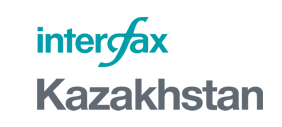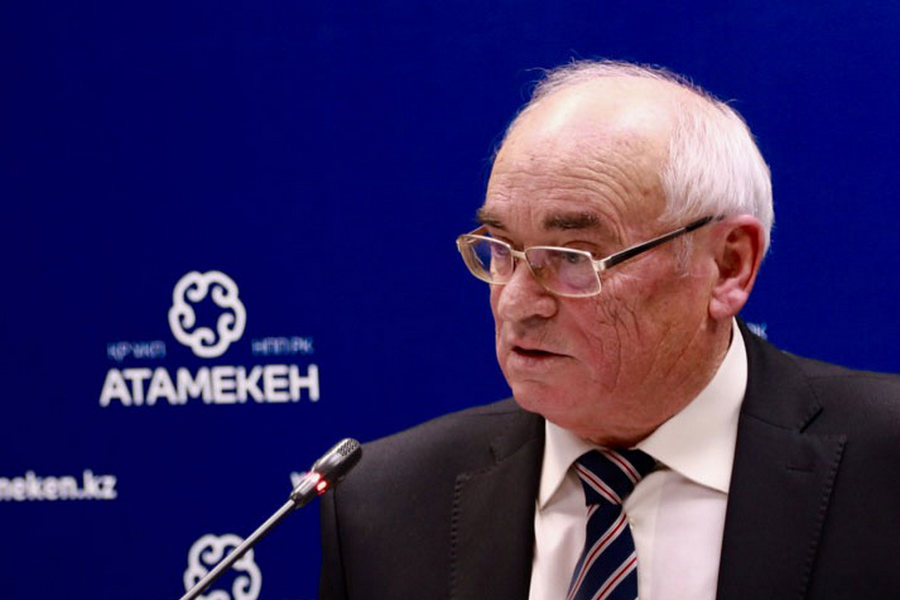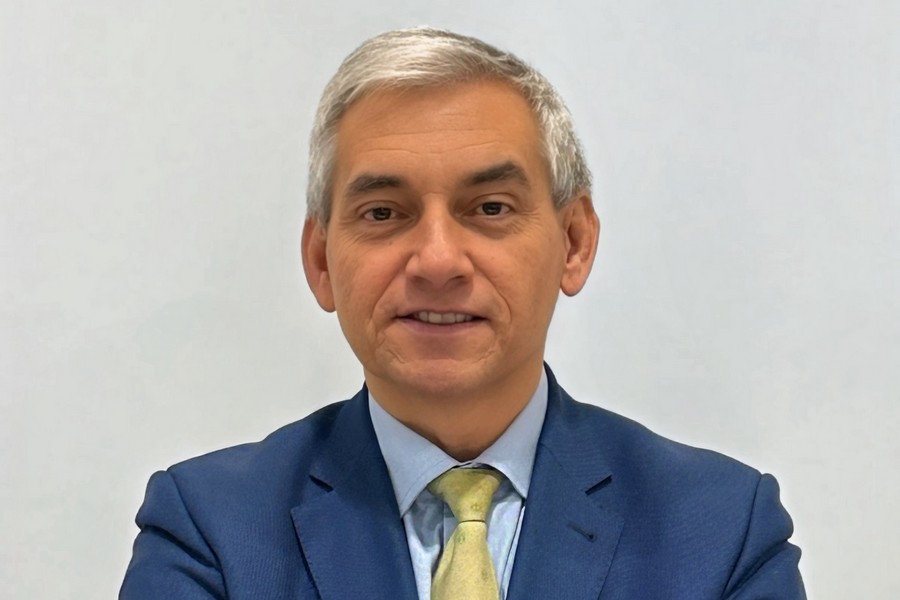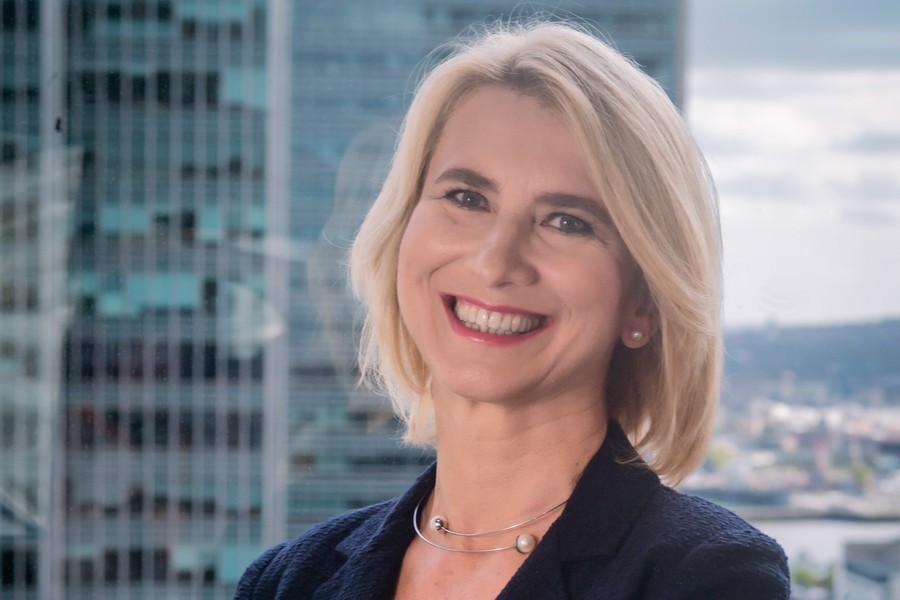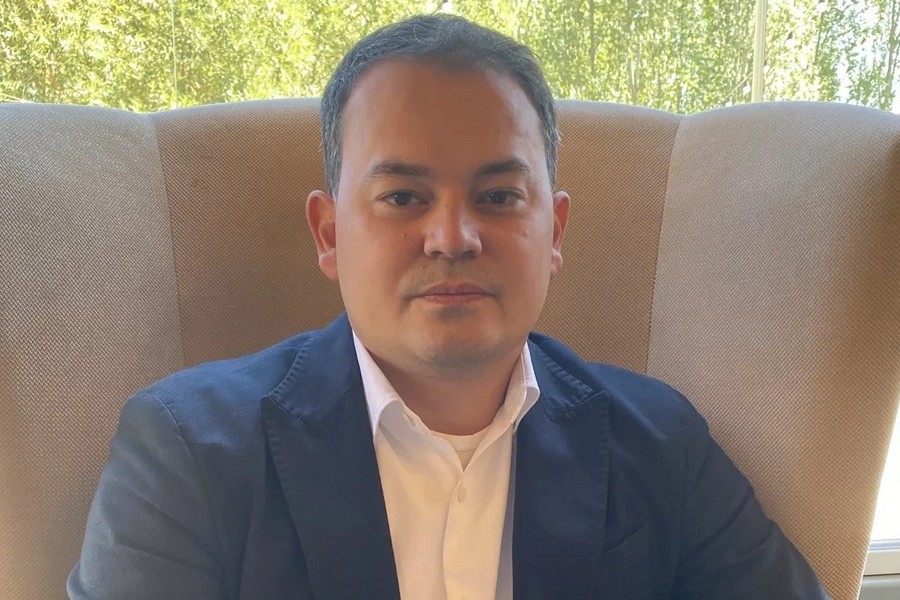KMF Management Board Chairman Shalkar ZHUSUPOV:
KAZAKHSTAN SHOULD CREATE A FUND THAT WILL OPERATE BASED ON EBRD AND IFC PRINCIPLES
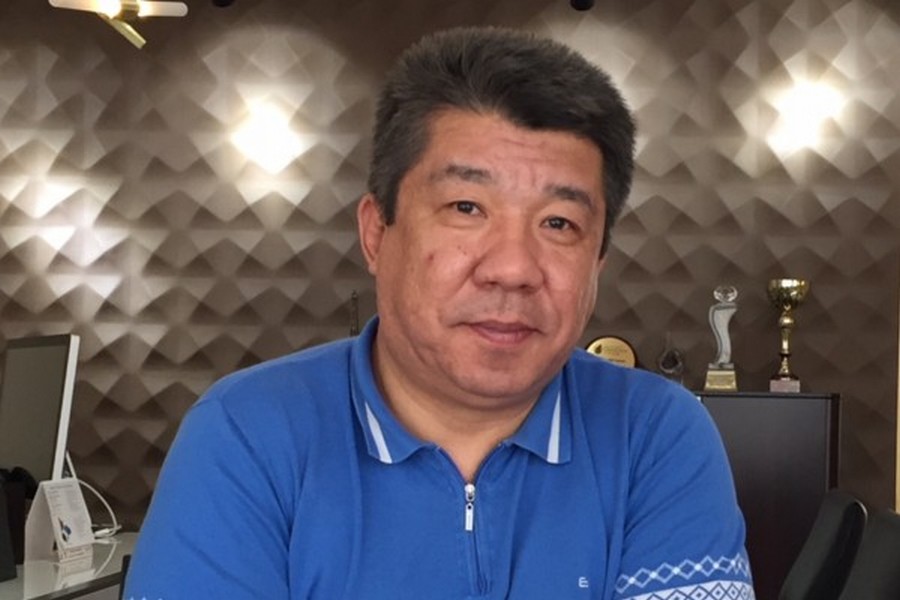
KMF, a Kazakhstan-based microfinance organization, expects the domestic microfinance market to grow by 40% and the loan portfolio of KMF to expand by over 30%. The market share of KMF is over 50% of Kazakhstan’s microfinance sector. The share of problem loans in the company’s portfolio has been below 2% for a long time. KMF has never failed to fulfill its obligations to its creditors – the international institutions that have been cooperating with KMF for 20 years, KMG Chief Executive Office Shalkar ZHUSUPOV told Interfax-Kazakhstan in an interview.
- What Kazakh and international institutions, except EBRD, does your company work with?
- Except for EBRD, we work cooperate with the International Finance Corporation (IFC), and we recently signed a second agreement for a syndicated loan of $82 million, which is a very large amount not only for Kazakhstan but also for Central Asia and the CIS.
We have been cooperating with the Asian Development Bank (ADB) for about one year. This cooperation involves three parties: ADB provides financial resources to the government of Kazakhstan, then [Entrepreneurship Development Fund] Damu selects clients and, finally, KMF receives the monies from Damu and distributes them in compliance with the terms and conditions specified in ADB’s program.
Also, we work with other international institutions and large players that invest in microfinance sectors.
- The international institutions are known for their stringent requirements for borrowers. How did you manage to win their confidence?
- Our operations have always been transparent, even when there was no regulation. The microfinance sector had been regulated before 2003 and later a new law was adopted to deregulate microfinance operations, for we do not attract deposits from the population and do not pose any risk to the financial system of the country. I was against such deregulation.
- Why?
- When this happens, for instance, in France or the UK, it is one thing, but here in Kazakhstan it is another thing. Our mentality is different. Our people were not ready. Because microfinance operations are still part of the financial system of the country. It is nearly impossible for microfinance operations to remain transparent when they are not regulated. The financial literacy of our people is very low. The principles of market economy were not well established at that time. In the end, the National Bank initiated a bill and regulation of the microfinance sector was reinstated in 2016.
KMF’s operations have always been transparent, since 1997.
We first established cooperation with the European Bank for Reconstruction and Development (EBRD) in 2003. Do you think EBRD would start working with us if they had not been sure that our operations are transparent although unregulated? We built relations with our creditors during the period when the sector was not regulated.
- There is an opinion that microfinance organizations are mainly engaged in consumer lending. However, the majority of your clients are entrepreneurs, aren’t they?
- All over the world, the microfinance has proved to be an efficient tool for development of microenterprises. It would be wrong to view microfinance as a retail-lending instrument or as online-lending services, which are now rapidly developing in Russia. I learnt recently that about 70% of all microfinance resources in Russia are used for retail-lending and only 30% for development. The concept of microfinance was distorted there from the very beginning.
Here in Kazakhstan, the situation is quite different. Our approach towards microfinance services is traditional, as in most of the countries. We view microfinance as a tool to develop microenterprises and market economy. In our portfolio, 87% of microloans go to entrepreneurs, including those operating in the agricultural sector, and only 13% to retail customers.
- The government is also focused on SME development. Do you receive any money from the government?
- From our experience, the government sets very tough requirements when allocating money. The client has to provide very many documents, for instance to prove that he does not have tax arrears or to demonstrate that all his expenses are in line with the purpose of the loan. Of course, entrepreneurs can provide all required support documents but it takes them a lot of time to do so. We were well aware from the very beginning that our cooperation with the government would be limited.
It is not easy to attract public money from the government, we cannot attract money from individuals either, so the only way for us to attract money is through international investors, for they do not demand collateral but require audit reports.
Over 20 years, we have earned a reputation of a reliable borrower. The investors have made sure that all our policies are consistent. In the past 20 years, we have never defaulted on our obligations and have never delayed our payments, even for a single day.
As much as 94% of all our borrowings have been attracted from international institutions, though we work with local banks, too.
KMG’s loan portfolio is valued at 85 billion tenge. Tenge denominated loans account for 96% of the portfolio and loans denominated in USD - 4%.
A few years ago, we suggested that the government should create a fund on a parity basis, for instance, with EBRD or other international institutions. Such a fund should adopt the principles of EBRD and IFC in its operations. My initiative was supported in principle but, unfortunately, nothing has been done yet in this direction. In general, this idea is expedient. If it came true, we would be able to work with the government.
- What products does KMF offer its clients?
- There are two types of products: group loans and individual loans.
Group loans are guaranteed by each member of the group. This approach works well in the rural areas of south Kazakhstan, where all clients live in the same villages and know each other very well. They can form a group so that each of them will get the amount of money he really needs for his business.
In 1997-2000 we only issued group loan, for the people could not provide any collateral even to borrow a small microloan, and group loans were the only way for them to start a business.
We do not offer any mortgage products but can issue a loan to finance repairs or extension of residential or commercial buildings.
The terms and conditions of individual loans are typical. We used to provide only secured loans, but many of the banks now offer unsecured loans of up to 5 million tenge. We also provide unsecured loan of up to a certain amount. Before issuing an unsecured loan, we make sure that the client does have a viable business. No business – no loan.
In January-May, lending to our clients rose 15% to reach 100.2 billion tenge.
Today, we have 224,000 clients, of which 78,500 are involved in agricultural business and have received from us a total of 24.8 billion tenge worth of loans, and 82,000 borrowers are entrepreneurs that were issued over 52 billion tenge in loans.
- How do your products differ from those offered by the banks?
- The difference between a microloan and a bank loan is explained in the Law on Microfinance Organizations. First, it has to do with the maximum value of a loan. We can only issue loans of up to 8,000 monthly specified rates or 19 million tenge at the moment.
Second, all our loans are provided for a short term only. Usually it is one year. Many farmers and sellers raise microloans with a maturity period of only 3-6 months to finance, for instance, their sowing operations, or to buy cattle or goods.
- What are the interest rates of your loans?
- The Law on Microfinance Organizations says that the ceiling interest rate is 56% per annum. In fact, our loans have lower rates, which depends on a concrete business, its capacity to generate revenue, credit records of the client and many other factors.
- What are the financial results of the microfinance sector, including KMF, in the first half of this year?
- In January-March 2018, the microfinance organizations extended over 61 billion tenge worth of microloans or an increase of 41% compared with the same period of the last year. This is 173,771 and 122,347 issued loans, respectively.
If we compare with the financial sector, in which the government has injected enormous funds and removed toxic assets, the situation in the microfinance sector is rather positive. The microfinance sector has been demonstrating a high growth rate in the last four-five years. For instance, the volume of microloans in 2017 rose 61% from a year earlier to make 228 billion tenge or about 5% of all retail loans, and microloans in the first three months of 2018 reached 61 billion tenge.
KMF’s share in the microfinance sector is 52%. Two of three microloans in the country are issued by our company.
I think the microfinance sector will continue growing, both in volume and in the number of clients. Now we are expanding the coverage of our services. We are coming to towns and villages that have never seen banks but the demand for loans is high there, for the local people are actively involved in business activities.
In my opinion, the microfinance market will grow by about 40% this year. We expect KMG’s loan portfolio to expand by 35% to 140 billion tenge and the number of clients to reach 260,000 people.
As at May 31, 2018, the value of a microloan issued by KMF averaged 501,000 tenge with a maturity period of 12 months. Before the 2015 devaluation, the average value of one loan had been 300,000 tenge.
As many as 67% of our clients live in rural areas, 61% of our borrowers are women. Today, KMF covers 4,026 towns and villages. Since its establishment, the company has issued loans to over 500,000 people.
The share of non-performing loans in our portfolio have been below 2% over a number of years.
- How do you think the microfinance market will change in the future?
- There used to be about 2,000 microfinance organizations. After the National Bank reinstated regulation of this sector, this number reduced to about 150. The market has become more transparent and predictable, and now we expect the arrival of international players. Competition will increase and the customers will win in the end as the rates will go down.
– Thank you for your time!
July, 2018
© 2025 Interfax-Kazakhstan news agency
Copying and use of these materials without reference to the source is prohibited
Archive
